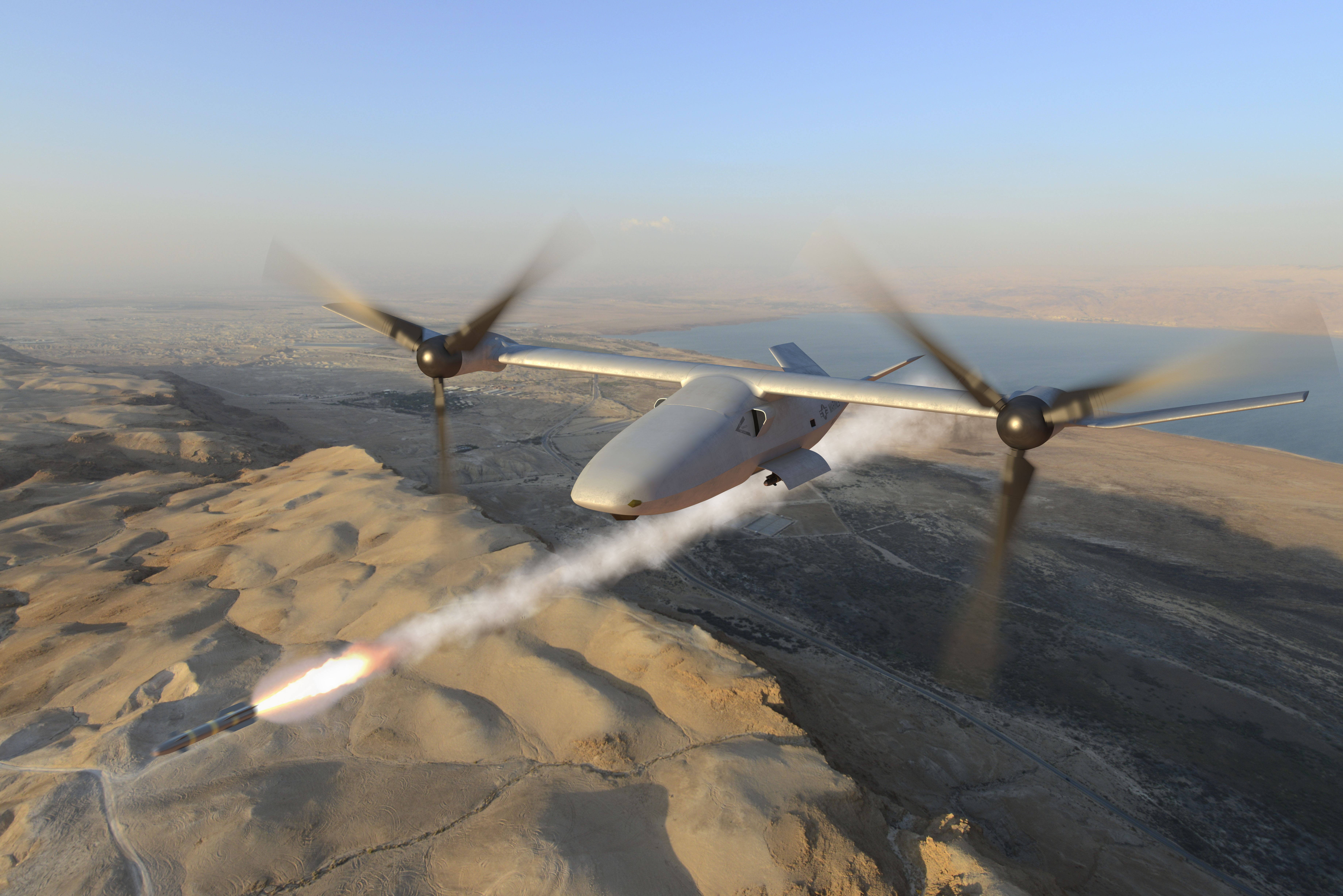
ARLINGTON, Va. – The head of Marine Corps aviation has big plans for the service’s planned large unmanned aerial vehicle set to enter the service in the next decade.
Lt. Gen. Jon Davis, deputy commandant for aviation, gave an audience at the AUVSI Unmanned System Defense conference on Wednesday a laundry list of requirements for what the Marines want out of its MAGTF UAS Expeditionary (MUX) (pronounced: Mucks).
“I’m looking for an airplane that will fly 30,000 feet. I’m looking for airplane, that if I want to, can put stuff internal so I can [maximize] range and [maximize] time on station. I’m looking for an airplane that can help me escort V-22s, can man-unman team with F-35s,” David said.
“I’m looking for an airplane that go in there deep, provide a picket and be part of [naval integrated fire control counter air (NIFC-CA)] too make sure my ship is safe at night, help the naval force power project, seed the battle space — an airplane that can everything that a manned platform can do.”
However, chief among the needs of the Marines is the ability for the Group 5 UAV is a capability for MUX to take off and land vertically from the sea.
“Why do you go VTOL? Because you can park it with your soldiers and Marines,” Davis said.
“Shipboard capable, that was one people kind of sucked their teeth at. [But] bottom line is that it allows us to go with the ship and when you are not able to deploy something land based, you’ll be able to have something with you.”
As reported by USNI News this week, the MUX program is the Marines bid to bring a high-end UAV capability to a service that is preparing for a tougher and more technical fight than the low-intensity conflicts in Iraq and Afghanistan that dominated the Corps outlook for the last 15 years.
“We don’t want to be caught in a high-end fight with less capability than we need,” Davis said.
MUX is set to fill an extensive set of needs the Marines want to bring to their next fight: recon, communications, attack, signals electronic intelligence node, electronic attack platform and vertical replenishment, among other roles.
Notionally, according to Davis’ slides, MUX could operate a continuous information, reconnaissance and surveillance (ISR) orbit around an Amphibious Ready Group with a range of 600 nautical miles that would extend up to ten days between two aircraft.
The Marines are set to start testing concepts and the analysis of alternatives in 2018 ahead of an anticipated initial operating capacity in the mid-2020s, according to slides Davis used in his presentation.
“Our analysis of alternatives will look at all the possibilities that are out there, all the existing capabilities – things like modified commercial airplanes to MQ-1s, MQ-9s, and developmental things like the Tern program, the ARES program, I mentioned the LightningStrike,” Lt. Col. Noah Spataro, the Unmanned Aircraft Systems Capabilities Integration and Requirements Officer told USNI News last week.
“And then some other constructs that industry has approached us on, like the Bell V-247, which is kind of an offshoot of the V-280. So we’re looking at a lot of options to try to see what makes the most sense.”





